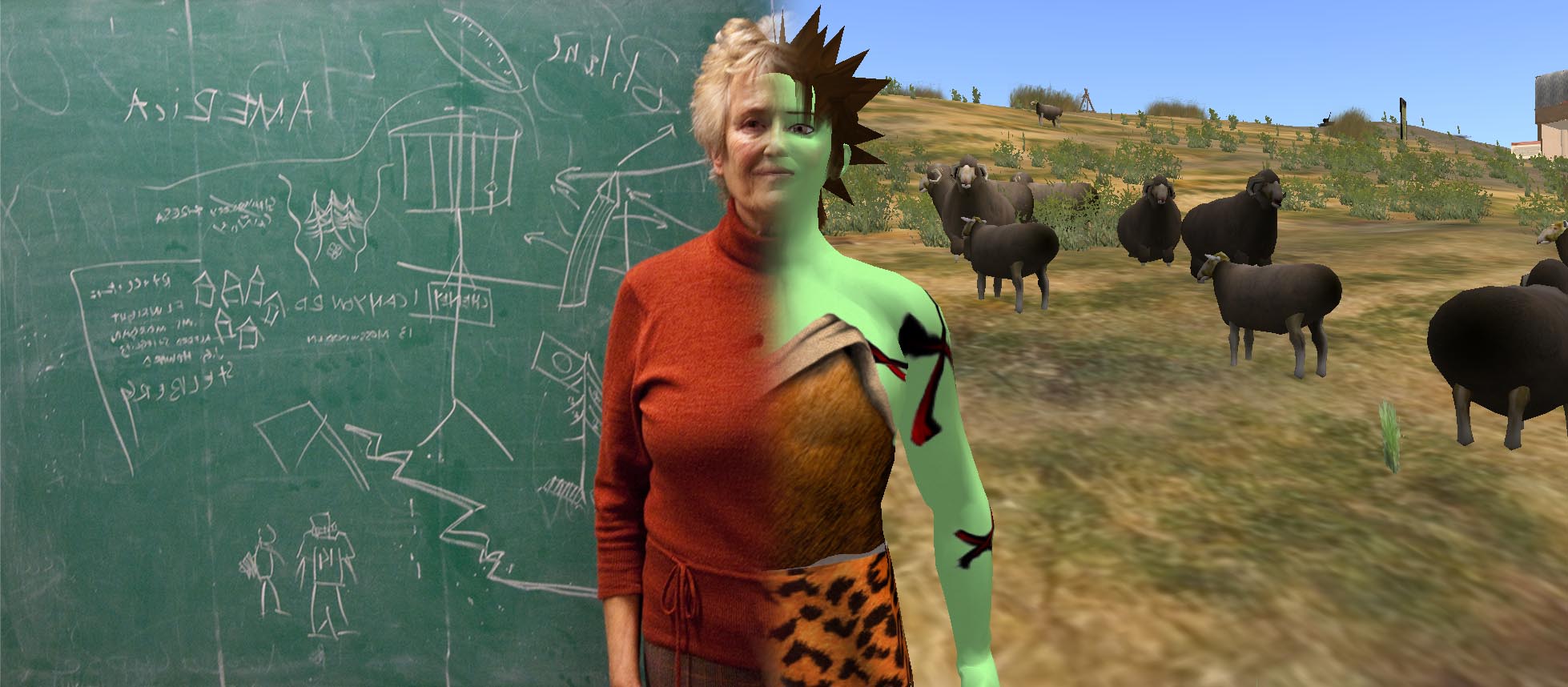Avatars, Monsters, and Machines: A Cyborg Archaeology
Colleen Morgan publishes new article on posthuman theory in digital archaeology

Colleen Morgan (Lecturer in Digital Archaeology and Heritage) publishes a new article in the European Journal of Archaeology: Avatars, Monsters, and Machines: A Cyborg Archaeology. The article examines posthuman theory to understand how we use digital tools to interpret archaeology. She uses the concepts of avatars, monsters, and machines to argue that digital archaeology should go beyond traditional representation to challenge and change interpretation and to transgress boundaries between "real" and "digital."
The abstract:
As digital practice in archaeology becomes pervasive and increasingly invisible, I argue that there is a deep creative potential in practising a cyborg archaeology. A cyborg archaeology draws from feminist posthumanism to transgress bounded constructions of past people as well as our current selves. By using embodied technologies to disturb archaeological interpretations, we can push the use of digital media in archaeology beyond traditional, skeuomorphic reproductions of previous methods to highlight ruptures in thought and practice. I develop this argument through investigating the avatars, machines, and monsters in current digital archaeological research. These concepts are productively liminal: avatars, machines, and monsters blur boundaries between humans and non-humans, the past and the present, and suggest productive approaches to future research.